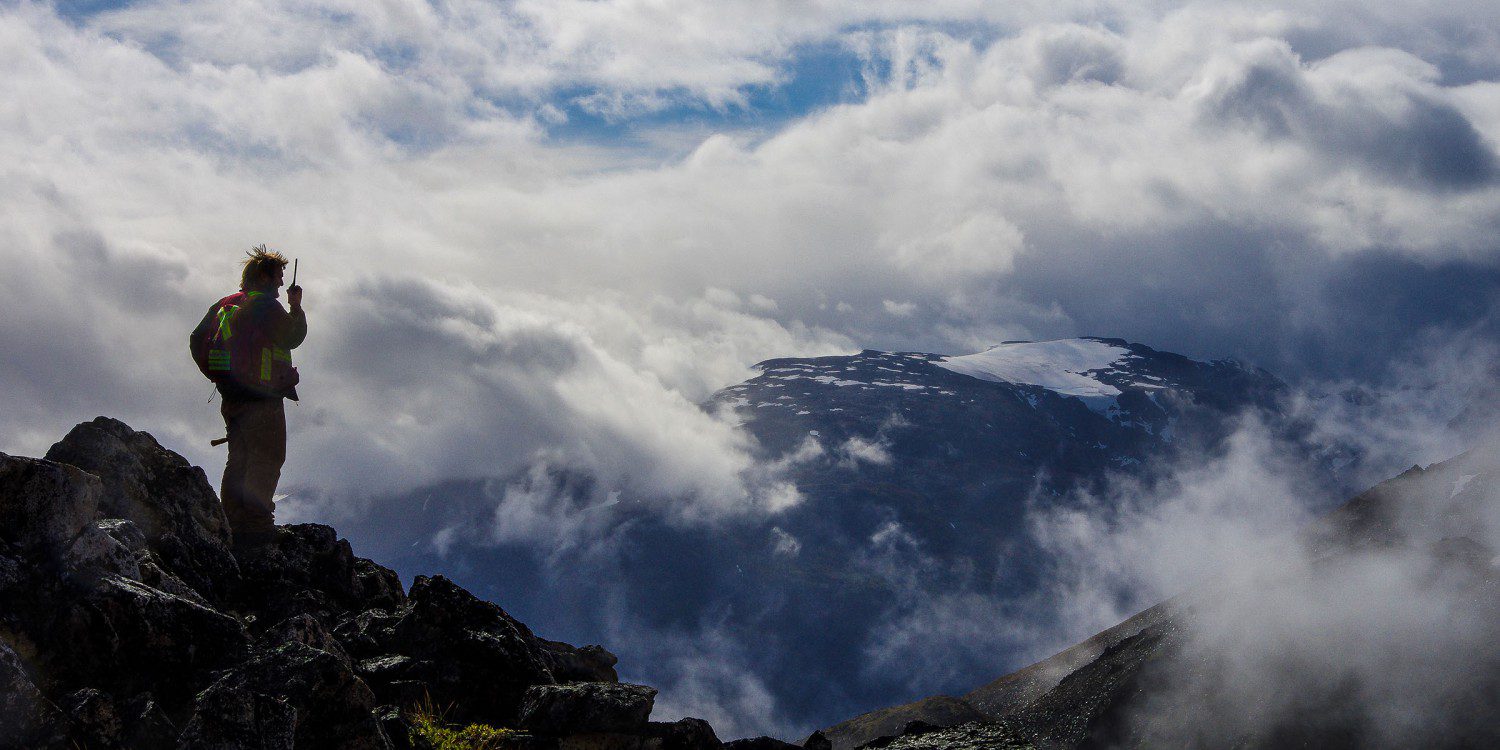At AME, we advocate for the interests of almost 5,000 members engaged in mineral exploration and development in British Columbia. Being an advocate involves listening to how members are affected by a certain policy, aligning our priorities with those in government, coordinating a response on behalf of our members, and delivering a clear, specific, and united message to the right people in government at the right time.
When we speak with one voice, we can make changes to the policies that affect our business.
One of the top issues concerning explorers in BC right now is the time it may take to obtain a provincial Notice of Work (NoW) exploration permit. A NoW is required under the BC Mines Act to explore and develop precious, base, or industrial mineral deposits in the province. Each application must include details about the property, planned activities, emergency response, land use information, work dates, First Nations engagement, reclamation plans, and equipment.
NoW permit applications are usually prepared by exploration managers and their teams then reviewed by Ministry of Energy, Mines and Petroleum Resources (MEMPR) regional offices or regional Mine Development Review Committees. Applications may be returned if additional information is required, and once the application is accepted, it is sent out for referrals, which can take a couple of months. The average time between applying for and being granted a NoW permit is generally less the government’s objective of a 60-day turnaround but can vary based on region, time of year and level of activity.
In November 2017, AME and its Land Access and Use Committee brought together executive directors, regional directors, and statutory decision makers from the provincial government with AME members, AME’s Board of Directors and regional exploration groups to generate ideas to improve the efficiency of the NoW permitting process for mineral exploration.
Julie Chace, Executive Regional Director, MEMPR, said, “I really appreciate that AME is so willing to engage in dialogue with the Ministry to work toward solutions to make meaningful improvements to the NoW permitting process. A great example of that work is the NoW Permitting workshop we held in the fall. Having one voice to speak on the behalf of the AME members is very valuable and I am grateful that AME and the Ministry have a positive and constructive working relationship.”
Maggie Layman, VP Exploration at Barkerville Gold Mines (BGM) Ltd., attended the workshop in November 2017. Layman has worked with the permitting office for several years, obtaining exploration NoWs for BGM’s Cariboo Gold Project in central BC. She accepted the invitation to attend the workshop, so she could learn from other members and listen to their permitting experiences.
“I wanted to get more information from MEMPR on their specific expectations on how we as applicants can improve our permitting applications to advance the process,” said Layman, “It would be very beneficial if government, industry and Indigenous communities can work together to streamline the process.”
Chace agrees that provincial consistency, clear expectations for proponents on what information needs to be included in the applications, and clearly communicating MEMPR’s permitting process were the key issues identified in the workshop and are priorities moving forward. A key area of focus for Chace’s team has been to identify areas of inconsistency during the intake process across the province and to work toward a process that is similar at all regional offices.
“We have been undertaking this work with FrontCounter BC and will be doing a deep dive review in early May to identify further refinement opportunities,” said Chace.
Chace’s top three tips for explorers are:
- Engage with potentially impacted First Nations early
- Submit your applications early and complete the detailed information requested in the application
- Make sure you have proper mapping outlining the activity plan with clear details of what is being proposed including roads and trails
From an explorer’s perspective, Layman suggests that specific training workshops would be helpful for geologists who are new to BC, or for junior project geologists who are responsible for permitting their drill programs. She also suggests that some flexibility be built into the permitting process to reflect the true nature of an exploration program.
“Exploration projects are dynamic and can change based on results, budgets and logistics,” said Layman, “It is challenging to plan exact collar locations and road locations on a GIS platform, only to get into the field and modify collar locations or roads based on logistics that are no longer in the year one proposed plan, even though we aim to be as accurate as possible with the planning.” Regular meetings between AME, industry members, and government to track and provide input on the permitting process was a key outcome of the November workshop. With limited resources for all the parties involved, increased communication in person and through online resources are necessary.
In addition to regular meetings, AME is planning regional permitting workshops with a pilot workshop under development. Be sure to read the AME e-newsletter and follow us on Twitter for updates
